Rock Sheet Music: The New Wave of British Heavy Metal in 1982
The year 1982 was a major turning point for the New Wave of British Heavy Metal (NWOBHM). Though the initial surge had begun to cool, this year witnessed a number of pivotal releases that shaped the future of metal. Some bands faded, others soared—and several left behind works that continue to influence modern rock sheet music and metal arrangements today.

In January, Bitches Sin released their debut album Predator. Although the band never achieved mainstream recognition, their blistering guitar speed earned them a cult following. Their second album Invaders gained slightly more attention in 1986, but the group soon disappeared from the scene. Still, their style has found its way into modern piano notes arrangements for technical rock studies.
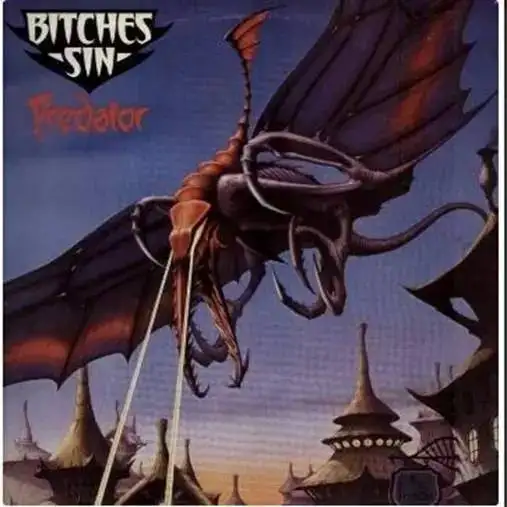
On March 22, Iron Maiden released The Number of the Beast—their first album with Bruce Dickinson. The album's title and artwork sparked controversy, with critics accusing the band of promoting satanism. Despite this, it topped the UK charts and went platinum in the U.S. The single Run to the Hills broke into the UK top ten, helping Iron Maiden secure international acclaim. This album remains a milestone frequently transcribed into rock sheet music for analysis and performance.
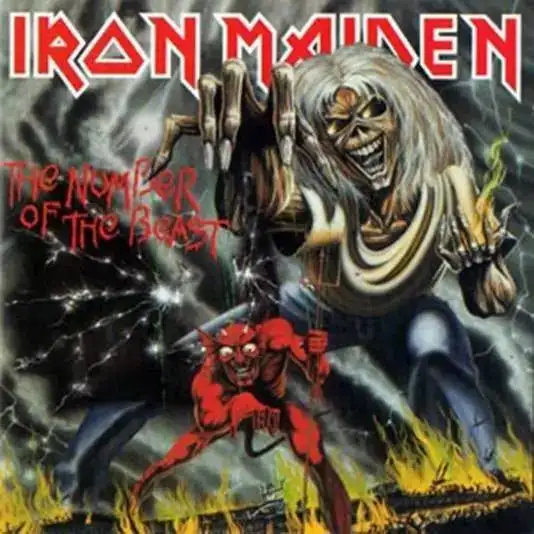
On March 12, Diamond Head released Borrowed Time. The album leaned toward slower, more melodic styles and received mixed reactions. Though their early influence was massive—particularly on Metallica—their commercial success remained limited.
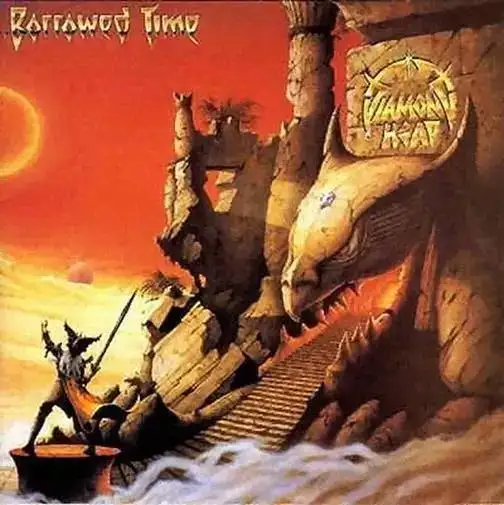
Also in March, Tank released Filth Hounds of Hades, followed by Power of the Hunter later that year. Tank fused punk energy with heavy metal, giving their music a raw, aggressive sound. Though their debut was praised, the band couldn’t maintain the momentum and eventually disbanded.
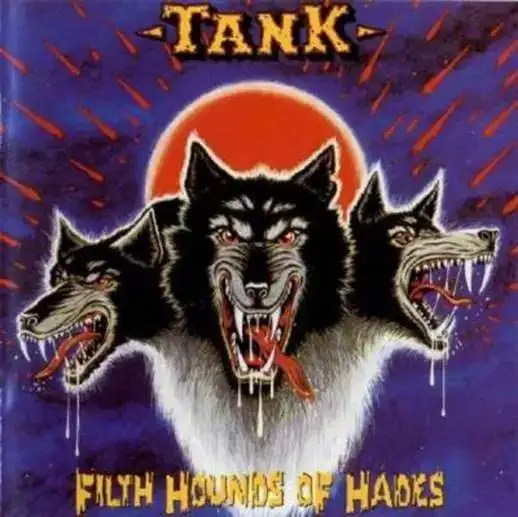
On April 17, Motörhead dropped Iron Fist. Despite their rising popularity, internal tensions led to guitarist Eddie Clarke’s departure mid-tour. He was replaced by Thin Lizzy’s Brian Robertson, marking a transitional moment for the band.
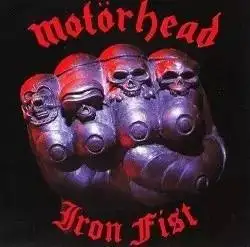
June 3 saw Raven release Wiped Out. Known for their intense speed and technical precision, Raven began making waves in the U.S. around this time, touring with emerging bands like Metallica and Exodus. Their material is often adapted into advanced piano online lessons for technique development.
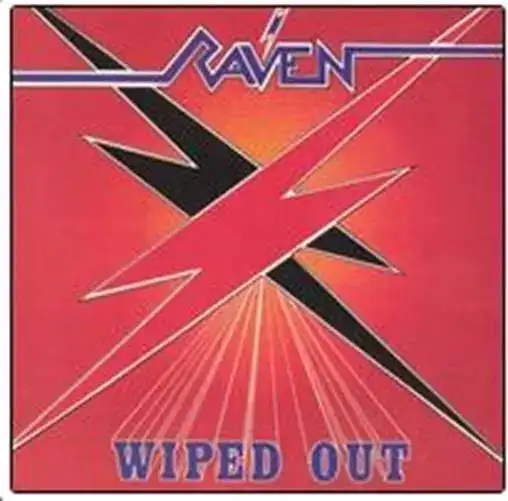
Fist released Back with a Vengeance in early 1982. Although they attempted to break into the mainstream, they remained stuck in the underground. Commercial failure led to their disbandment soon after.

On July 17, Judas Priest released Screaming for Vengeance. After experimenting with a more accessible sound, they returned to a heavier approach. Although initial UK reception was lukewarm, U.S. fans embraced it, prompting a six-month American tour. Their riffs continue to be popular among musicians seeking easy sheet music interpretations of classic metal.
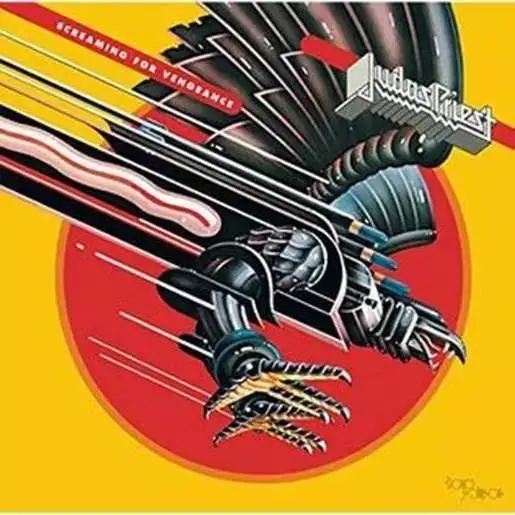
In September, Witchfinder General released Death Penalty, one of the earliest significant Doom Metal albums. Their slow, heavy riffs and eerie vocals offered a more polished sound compared to their peers. Though the band dissolved quickly, they influenced future doom acts—and their style is now often studied through specialized rock sheet music collections.
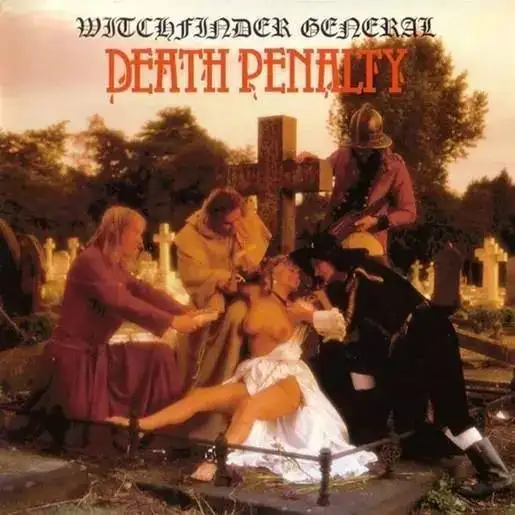
On November 1, Venom released the now-legendary Black Metal. The album didn’t perform well commercially, but it had a colossal impact on underground music. Featuring anti-religious themes and chaotic instrumentation, it helped define black metal as a genre. Tracks like Leave Me in Hell are now cult classics, often arranged for performance in high-level piano notes studies and improvisation exercises.
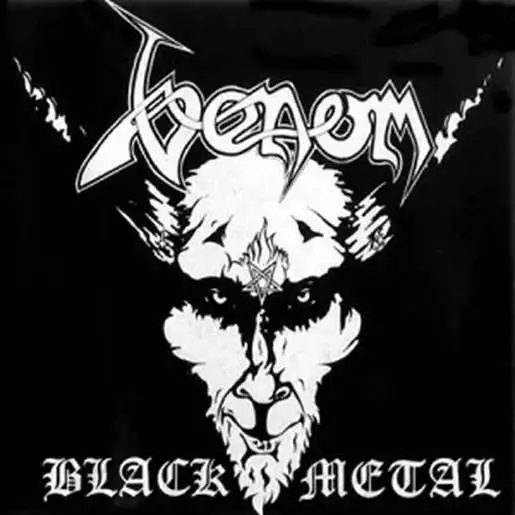
In October, Samson released Before the Storm. Despite significant lineup changes, the band’s musical core remained stable. This album leaned closer to hard rock, offering smoother textures suitable for reinterpretation in easy sheet music formats.

That same year, Pagan Altar released a demo cassette simply titled Pagan Altar. Without a record deal, they distributed it within a small fanbase. Though ignored at the time, the recording was reissued in 1998 as Volume 1, earning recognition as a foundational Doom Metal work. Their legacy lives on in modern arrangements and niche piano online lessons focusing on atmospheric metal.
Conclusion:
The year 1982 was both a moment of transition and transformation. Some bands collapsed under pressure, while others delivered career-defining albums. Although NWOBHM’s wave began to recede, the output of 1982 left an indelible mark on global music culture. For students and musicians alike, exploring these works through rock sheet music and structured piano online lessons provides not just insight into metal history, but a deeper understanding of musical evolution itself.
FAQs
Q1: How does rock sheet music help preserve heavy metal history?
It translates iconic tracks into readable formats, helping learners and musicians study and reinterpret metal classics in educational or performance settings.
Q2: Can these 1982 metal works be adapted into piano online lessons?
Yes, many instructors break down complex riffs and rhythms from metal into progressive piano online lessons, making it accessible for all skill levels.
Q3: Are there easy sheet music options for songs like Run to the Hills or Iron Fist?
Absolutely. Platforms like SheetMusicGo provide simplified easy sheet music and guided piano notes for players who want to dive into rock without advanced technique.











